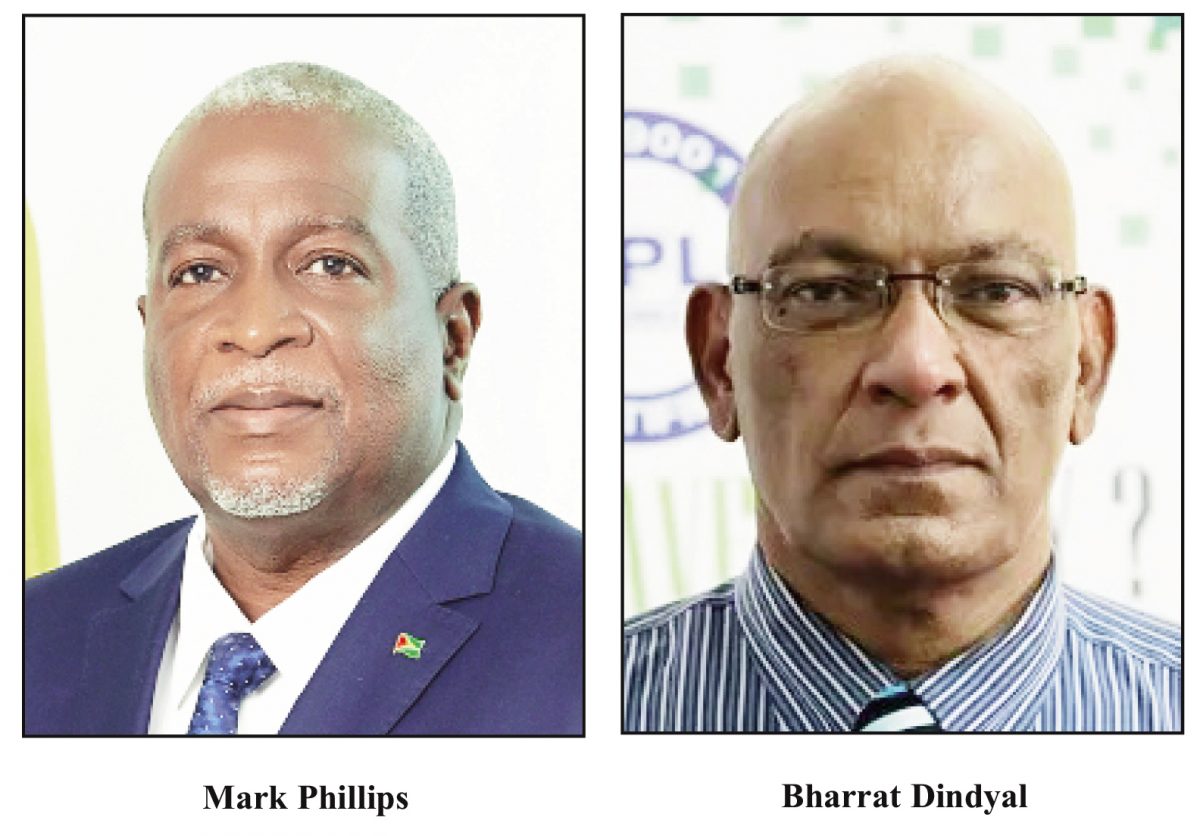After receiving no favourable bids earlier this year, the Guyana Power and Light (GPL) has once again tendered for a three-year power purchasing agreement from a supplier that can deliver 50 MW of power from two heavy fuel oil fired 25 MW engines.
GPL says that the generators are needed as a backup to its Demerara/Berbice Interconnected System (DBIS). Prime Minister Mark Phillips again explained that it is a short term strategy as Guyana transitions to gas for energy.
“This is a short term measure to cater for any shortfall in power demand, ad interim, as we transition to the gas to energy to meet our growing demand for energy,” Phillips told the Stabroek News when asked about the request for proposals.
In a notice, GPL invited applicants to submit detailed proposal(s) “to provide Generating Capacity amounting to 2×25 MW gross to the national grid of Guyana (the ‘Grid”) through a Power Purchase Agreement. The total capacity per Lot shall be base-load and is intended to bolster the current and forecasted demand for a period of 3 years.”
In giving a background to the call, the utility company explained, “The total 50 MW being solicited in this RFP is for the DBIS, which is by far the largest power system in Guyana. The DBIS currently operates at 69kV transmission voltage level, which extends from Edinburgh in the West to Skeldon in the East and Georgetown in the North to Garden of Eden in the South, along the coastal plain, having a total transmission line length of 354.8 km. The DBIS includes fourteen 69/13.8 kV substations and 809 km of primary distribution lines operating at 13.8 kV, currently serving 210,732 plus customers.”
The same tender was issued in April of this year but sources told the Stabroek News that “it had to be redone because the (bids) were not favourable.”
At that time, Phillips had explained that government did not want to be saddled with HFO generators as it transitions to natural gas by 2025, and this was the reason it was opting to rent the generators for three years.
His position had been echoed by GPL Chief Executive Officer (CEO), Bharrat Dindyal, who pointed out that Guyana’s current generation systems are not designed for renewables, except for hydropower and that cannot be provided in the short-term.
“In addition to the Wärtsilä engines, there are still a lot of old engines. So in order to maintain short-term stable and reliable electricity supply… they have estimated they will need 50 MWs more. This is until gas-to-shore supply kicks in the three years and we have the continued transition to that [gas-to-shore] and renewable energy,” Phillips told Stabroek News.
The invitation then and now has raised concerns for a number of reasons.
Firstly, the resort to HFO comes amid the ongoing global climate crisis and the need to phase out heavy carbon pollutants in line with Guyana’s commitments. HFO is a serious pollutant. And further, it would seem that business persons also do not want to be saddled with an HFO plant. Secondly, the notice would indicate that the government’s plan for the introduction of offshore natural gas into the energy mix is at least three years away. And thirdly, the last purchase of HFO generators from Finland’s Wärtsilä was seen as sufficient for current needs pending diversification to green sources such as hydro, solar and wind. These generators recently encountered difficulties but are now back in service.
Phillips had said that one must understand that Guyana’s power generation and distribution system transitioning to renewable power in the short term isn’t “just a switch on and switch off” process and the choice is to accommodate and meet the requirements of what can currently be used.
He has also emphasised that Guyana is still committed to its transitioning arrangements and it is important for this country that it sources a provider who can ensure that the generation capacity needed is provided.
The Prime Minister pointed out that with growing development plans, projection generation was necessary to ensure that citizens can be given reliable power supply. “In the short term, we recognize we will need 50 megawatts.”
The advertisement says that the total 50 MW of generation capacity shall be divided into two lots of 25 MW each. The earmarked 69 kV substations for interconnection are New Sophia and Canefield. Interested parties are invited to explore the options of a power barge and land-based facilities.
Potential IPPs shall be responsible for all activities – fuel storage tanks, fuel, water treatment, testing, commissioning, operating and maintaining the power generation facility, the advertisement said.
GPL’s CEO shared similar views then as he pointed out that the generation systems will be rented and explained that the forecast demand will require additional generation over what is currently being produced.
“We are renting. We are looking for dispatchable capacity; meaning we can use it whenever we so desire. Renewable would not fit that unless it is hydro and the time doesn’t allow that.”
He, too, emphasised the plans for transitioning in the future but stressed that the three-year demand being forecast by the utility company “would require we have additional capacity.”
Expressions of Interests for the project must be submitted by November 11, 2022.






